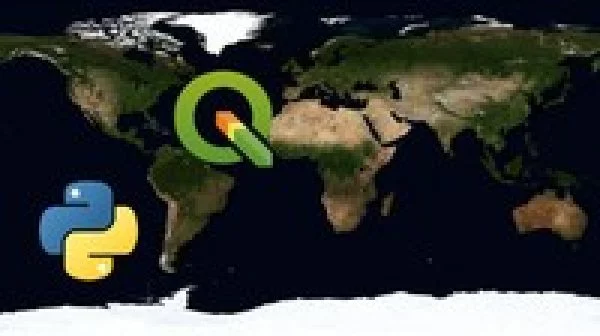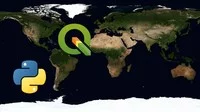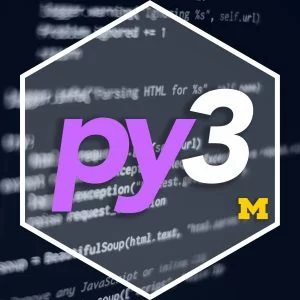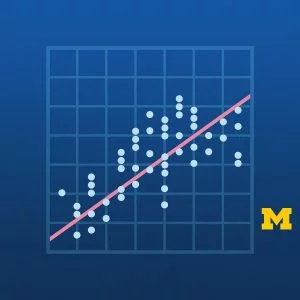
Do you want to access satellite sensors using Earth Engine Python API?
Do you want to learn the QGIS Earth Engine plugin?
Do you want to visualize and analyze satellite data in Python?
Enroll in my new QGIS and Google Earth Engine Python API for Spatial Analysis course.
I will provide you with hands–on training with example data, sample scripts, and real–world applications. By taking this course, you be able to install QGIS and Earth Engine plugin. Then, you will have access to satellite data using the Python API.
What makes me qualified to teach you?
I am Dr. Alemayehu Midekisa, PhD. I am a geospatial data scientist, instructor and author. I have over 15 plus years of experience in processing and analyzing real big Earth observation data from various sources including Landsat, MODIS, Sentinel–2, SRTM and other remote sensing products. I am also the recipient of one the prestigious NASA Earth and Space Science Fellowship. I teach over 10,000 students on Udemy.
In this QGIS and Google Earth Engine Python API for Spatial Analysis course, I will help you get up and running on the Earth Engine Python API and QGIS. By the end of this course, you will have access to all example script and data such that you will be able to accessing, downloading, visualizing big data, and extracting information.
Instructor Details
Courses : 3
Specification: QGIS and Google Earth Engine Python API for Spatial Analysis
|
2 reviews for QGIS and Google Earth Engine Python API for Spatial Analysis
Add a review Cancel reply
This site uses Akismet to reduce spam. Learn how your comment data is processed.

| Price | $9.99 |
|---|---|
| Provider | |
| Duration | 3.5 hours |
| Year | 2021 |
| Level | All |
| Language | English |
| Certificate | Yes |
| Quizzes | No |

$84.99 $9.99






Ala Bahrami –
There is useful course, but still needs a lot improvements for geoscience application
Puranam Pradeep Picasso –
The content is good, explanation is plain. did not gave us understanding of how to upload our own Landsat images from online, pre defined one’s have been told. did not explain about how to create labels for map before doing clustering, have not explained about difference between rastor and vector images , how to use each of them. clear explanation needed related to ML , Linear Regression. He said it well but can be really good if explained with an extra example. Thanks